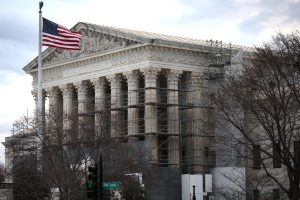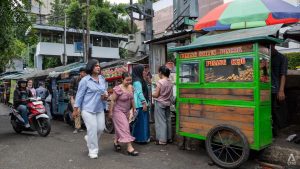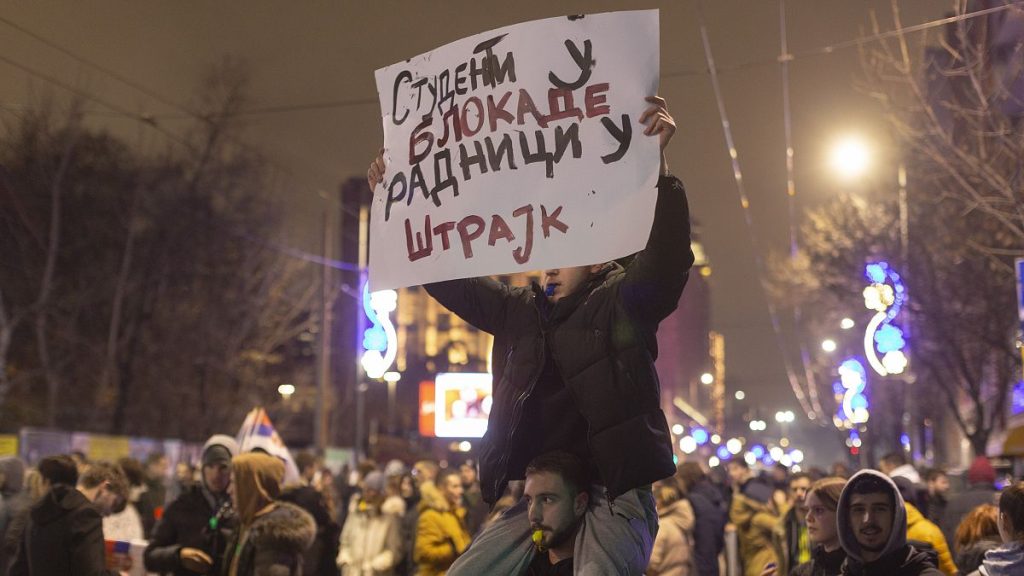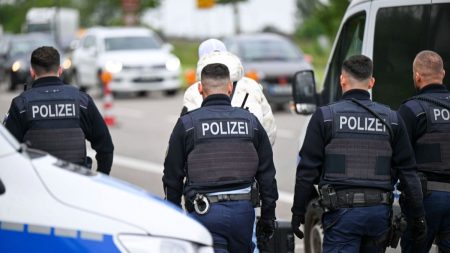The ongoing protests in Serbia, sparked by a tragic railway station collapse in Novi Sad, have evolved into a broader expression of discontent against President Aleksandar Vučić’s increasingly autocratic rule. The initial catalyst, the collapse of a concrete canopy that claimed the lives of 15 people, quickly ignited public anger, focusing on suspected corruption linked to the station’s renovation. This renovation was part of a wider infrastructure project involving Chinese state companies, further fueling suspicion and highlighting the perceived lack of transparency and accountability within the government. The disaster became a symbol of the broader frustrations simmering beneath the surface of Serbian society, channeling pre-existing anxieties about democratic backsliding and the erosion of checks and balances under Vučić’s leadership.
The protests, initially localized in Novi Sad, rapidly spread to Belgrade and other cities across Serbia, gaining momentum with each passing day. University students have emerged as a prominent force in these demonstrations, organizing rallies and demanding accountability for the Novi Sad tragedy. Their calls for transparency regarding the renovation project, and for justice for the victims, have resonated with a wider public weary of alleged corruption and the government’s perceived disregard for public safety. The students’ active participation has injected fresh energy into the protests, transforming them into a significant challenge to Vučić’s authority.
Adding fuel to the fire, President Vučić accused the protesting students of being pawns of Western influence, claiming they were paid to destabilize his government. This accusation, broadcast by the state-controlled RTS television, further inflamed the situation, prompting students to stage a demonstration outside the RTS headquarters in Belgrade. They condemned RTS for disseminating what they perceive as pro-government propaganda and demanded a public apology from the President. The students’ symbolic gesture of leaving “money bags” outside the RTS building underscored their rejection of Vučić’s accusations and their determination to hold the state media accountable for its biased reporting. This incident highlights the deep mistrust many Serbians hold towards state-controlled media, which they see as a tool for manipulating public opinion and suppressing dissent.
The government’s response to the protests has been a mix of concession and repression. While President Vučić announced the release of documentation related to the Novi Sad railway station renovation, seemingly bowing to student demands for transparency, the simultaneous release of a government minister implicated in the investigation sparked further controversy. This release, coupled with Vučić’s accusations against the protesters, has fueled skepticism about the government’s commitment to a fair and impartial investigation. The fact that the ruling Serbian Progressive Party controls both the police and the judiciary adds to the public’s distrust of the official narrative and strengthens the perception that the government is more concerned with protecting its own interests than with uncovering the truth.
The protests have also been marked by clashes between demonstrators and police, raising concerns about the potential for further escalation. While the student demonstrations have been largely peaceful, there have been instances of violence, with both protesters and police reporting injuries. This element of unrest adds another layer of complexity to the situation, raising the stakes for both the government and the protesters. The potential for continued clashes underlines the importance of finding a peaceful resolution to the current crisis and addressing the underlying grievances that are fueling the protests.
In essence, the protests in Serbia represent a convergence of several critical issues: public anger over the Novi Sad tragedy, concerns about corruption and government accountability, anxieties about democratic erosion, and frustration with state-controlled media. The student-led demonstrations have become a focal point for these broader societal concerns, challenging the narrative put forth by President Vučić and his government. The future trajectory of these protests remains uncertain, but their impact on the political landscape of Serbia is undeniable. They have exposed deep fissures within Serbian society and highlighted growing dissatisfaction with the current political climate. The government’s response to these protests will be a crucial test of its commitment to democratic principles and its willingness to engage in meaningful dialogue with its citizens.










